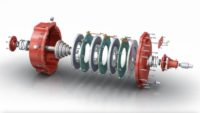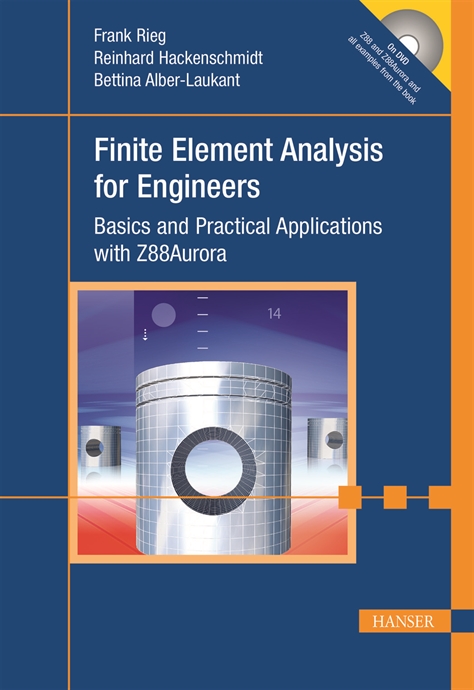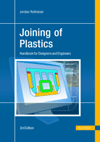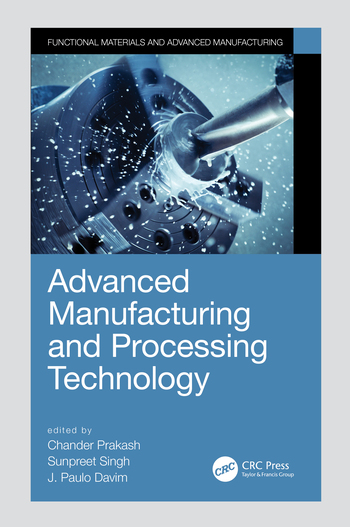Traditionally, electric traction motors use permanent magnets made with rare-earth metals. However, materials such as dysprosium and neodymium are a limited resource. In addition to their rarity, extracting and processing these materials has environmental consequences, leaving behind a significant amount of toxic waste.
And, since China accounts for the vast majority of rare-earth production, logistics and price volatility are another challenge facing electric vehicle manufacturers. The volatile supply of neodymium—the main rare-earth metal used in electric motors—means there’s a good chance that its price will continue to skyrocket.
For instance, from February 2020 to February 2022, the cost of neodymium rose by 312 percent, with 1 kilogram costing more than $236, compared to $42 just two years ago. This type of extreme price fluctuation can make it difficult for manufactures to scale up production of EVs.
To make electric motors without rare-earth metals more sustainable, engineers at the University of Pittsburgh are working with Ames Laboratory and Powdermet Inc. to explore alternatives. The R&D initiative recently received $200,000 in funding from the U.S. Department of Energy.
“Permanent magnets are used in electric motors because they can produce and maintain a strong magnetic field, even in the presence of an opposing magnetic field, as opposed to electromagnets, which require an electric current,” says Paul Ohodnicki, Ph.D., associate professor of mechanical engineering and materials science at Pitt.
“Using alternative materials, such as [manganese-bismuth alloys] developed at Ames Laboratory’s Critical Materials Institute, to create a permanent magnet instead of using rare-earth metals like neodymium and dysprosium would make electric vehicles more affordable, accessible and sustainable, and would help the U.S. become a leader in the EV market,” claims Ohodnicki, who also serves as director of the Advanced Magnetics for Power and Energy Development (AMPED) consortium.
In addition to Pitt, AMPED includes engineers from Carnegie Mellon University and North Carolina State University who are investigating magnetic materials for power electronics and power conversion systems.
“Rare-earth metals have very unique magnetic properties that make them extremely effective as permanent magnets in high efficiency and power-dense motor designs,” explains Ohodnicki. “Our research is not actively developing new permanent magnet materials with reduced or eliminated rare-earth metals, but we are collaborating with other research groups that are working in this area to understand how alternative materials can be used in optimized motor designs.
“In addition, we are looking at new ideas in advanced electric motor design that allows for reducing the need for rare-earth based permanent magnet materials,” Ohodnicki points out. “One primary design strategy is to explore motors that operate at higher speeds, which allows for a reduction in the size of optimized motors at the same power output.
“We are pursuing research in advanced manufacturing processes of existing motor alloys, as well as new nanocrystalline motor alloys which are used in the soft magnetic laminations of the rotor and stator, to enable their utilization in new high efficiency and high-power density motor designs,” says Ohodnicki.
“These are not direct substitutes for the permanent magnet materials that utilize rare earth metals,” Ohodnicki points out. “Advances in new motor alloys are synergistic by allowing for higher speed and higher efficiency motor designs with rare-earth-free permanent magnets that can help to address this critical supply chain dependency.
“Nanocrystalline-based motor alloys, in particular, have lower losses than existing electrical steels when operating at high electrical switching frequencies, which can be a key enabler for successful design and implementation of high-speed motors in practice,” says Ohodnicki.”
According to Ohodnicki, there are numerous challenges to designing an electric motor without rare-earth metals. “There are many motor designs already in practice and commercialized today that do not utilize rare-earth metals,” he explains. “However, it has proven to be extremely challenging to reach the combination of performance and manufacturability that rare-earth metal permanent magnet motors can achieve.
“In high-performance applications, such as electric vehicles, where efficiency, size and weight are critically important, rare-earth-based permanent magnet motors continue to play an important role,” says Ohodnicki.
Reducing the need for rare-earth-based permanent magnets in electric motor designs will require continued research into several areas, including:
►New rare-earth-free permanent magnet materials.
►Alternative motor alloys that are capable of high-speed operation.
►Novel electric motor design strategies.
►Scalable manufacturing methods and techniques for the alternative permanent magnets and motor alloys being developed.
►Full qualification and testing prior to integration within electric vehicles.
“There are continual advances in performance of electric motors with new technologies incorporated into each generation of electric vehicle that is commercialized by major automotive manufacturers using existing permanent magnet materials and motor alloys,” explains Ohodnicki. “We expect these incremental improvements to continue.
“In parallel, we are working to successfully develop, demonstrate and ultimately commercialize next-generation electric motor technology that fully exploits the latest in magnetic materials through a combination of our government-sponsored programs and industry partnerships,” adds Ohodnicki.
“Our goal is to initiate the qualification process for high-speed motors based upon new nanocrystalline motor alloys as soon as possible, with a target of realizing commercial adoption within the next five years,” claims Ohodnicki.







